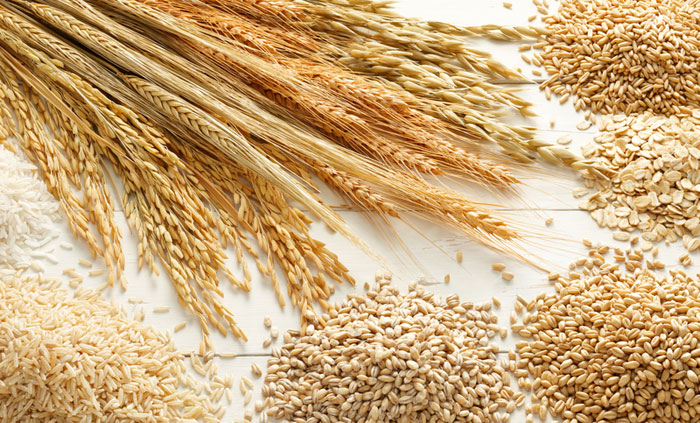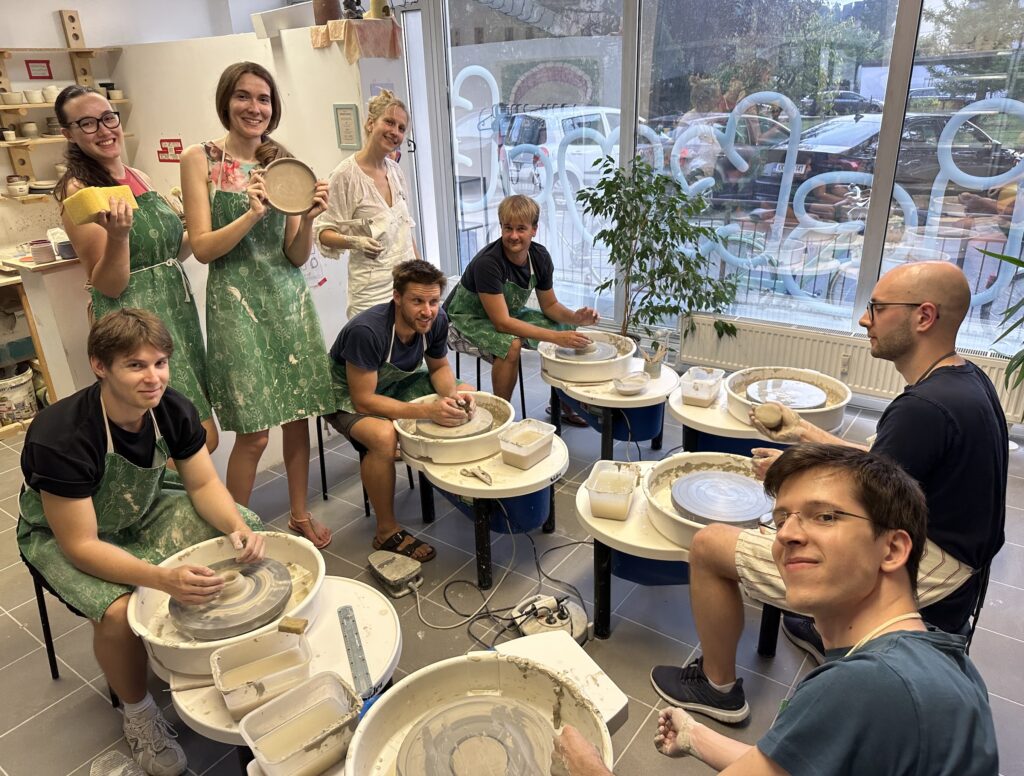Since we’re a default remote first company majority of us work most of the time from home, embracing a remote-first company culture. This commitment to a remote-first company culture ensures flexibility and efficiency in our work environment.
That is why we have monthly informal “meetups” as we call them so that we get some much needed face time 😅.
This month we’ve visited local brevery that gets its name from Slovenia’s capital Ljubljana, pronounced “Loo-Blah-Nah” 🐉.

We’ve learned how the beer gets made and a fact or two.
One of the two facts we’ve learned: India Pale Ale beer (IPA) got its name from the British colonial era. When Brits were taking their Pale Ale beer to India it very often turned bad due to long travels. So they’ve learned to add more hops and alcohol to it to last the long journey on the ships. And that is why it’s called IPA.
How the beer gets made:
1. Malting: Barley is soaked, germinated, and dried to produce malt. Slovenia does not produce it locally so the visited brevery imports it from Germany.

2. Mashing: Malt is mixed with hot water, converting starches to sugars, forming wort. It was explained to us this is basically “sweet water”.
3. Boiling: Wort is boiled, and hops are added for bitterness and aroma.

4. Fermentation: Yeast is added to the cooled wort, converting sugars to alcohol and CO₂. Each of the steps till now takes place in a different stainless steel barrels. No air should get in these barrels otherwise the beer gets bad.

1,000 pounds (500kg) of Barley is needed and only some 10 pounds (5kg) of hops.
5. Conditioning: Beer is aged to develop that flavor that we all love. In our case the guy said it takes some 3-4 weeks for the beer to develop.
As the beer develops our evening also developed quite nicely with every new type of beer we tried along the evening 😅. Cheers! 🍻





